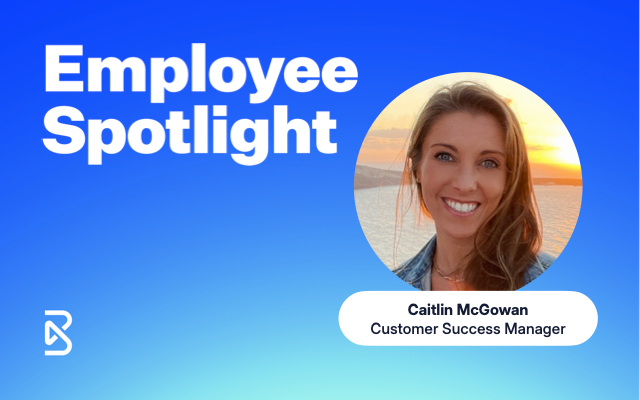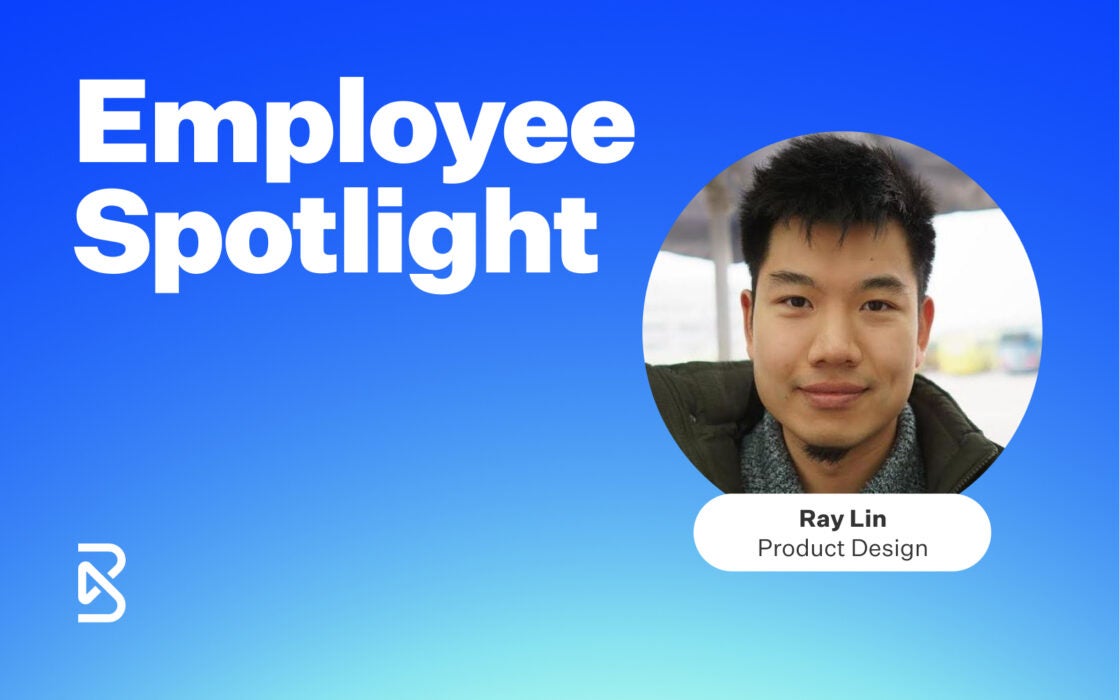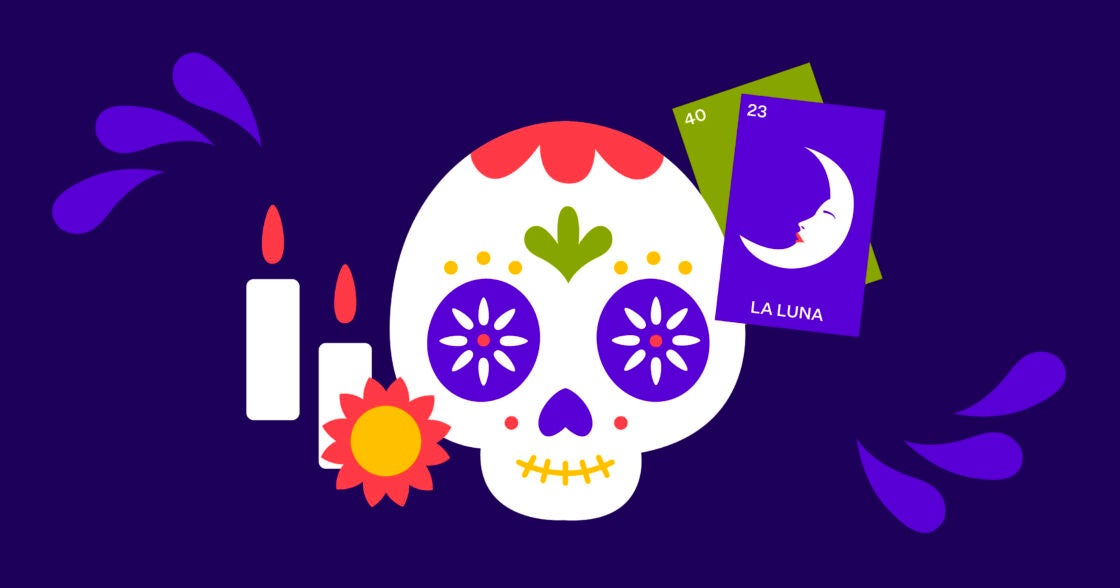August 24, 2021 in Blendkind
Learning by design: A Q&A with Blend’s inaugural design internship class
Dive into our conversation with four design interns to get the low-down on Blendships.
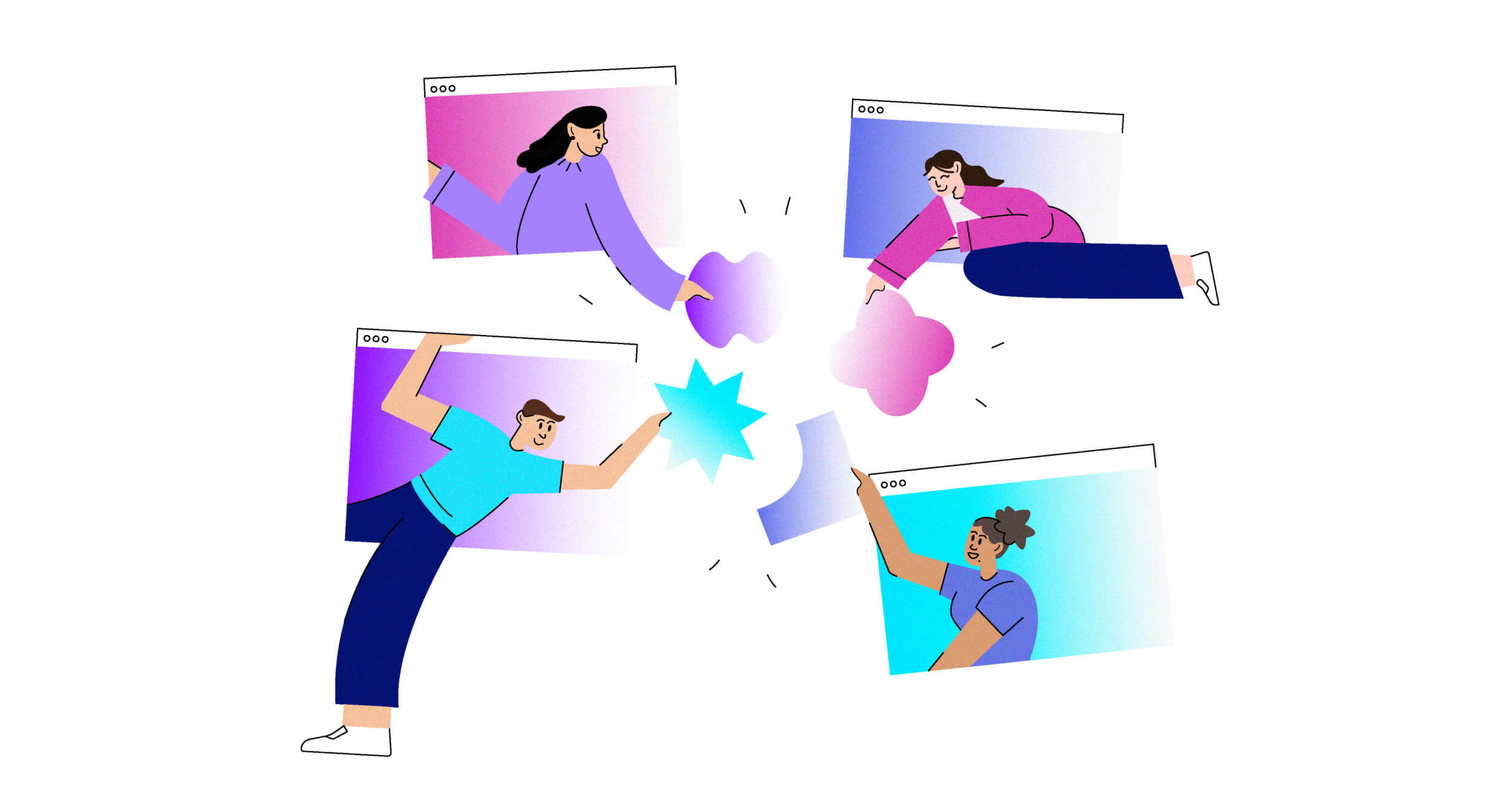
Summer always seems to go by in the blink of an eye, and this can be especially true when you’re busy navigating an internship. Blend internships (Blendships) embrace a “full time, short-term” philosophy that gives our Blendterns the opportunity to explore the ins and outs of the working world, learn from leading professionals, and cultivate meaningful relationships.
2021 has been a year of firsts: not only are 2021’s design interns our inaugural class, they are the first class to participate in Blend’s annual hack-a-thon, and they are the first and only class that will have had the opportunity to experience our recent IPO. As summer comes to a close, we’d like to share what our design interns have been up to over the past three months. To that end, it’s time to shine the spotlight on Brea and Riley from Brand Design and Braeanne and Matthew from Product Design.

Brea
Brea Dawson has just been hired as a freelance graphic designer at Blend Labs after completing her summer Blendship. She is currently working towards building her portfolio while pursuing her career in graphic illustration and motion graphics.
What has surprised you about the internship program?
I was pleasantly surprised at how well this team works together and uses the tools provided to get things done in this new remote world. I also was pleasantly surprised by the amazing culture and the genuine people who all work here.
Which projects were the most fun, which were the most challenging, and why?
I really enjoyed working on Project Indy [editor’s note: the work associated with our recent IPO] with the entire design team. It felt amazing to come together like that and work on this massive project in such a short time. I am really happy with the Zoom backgrounds I made for the event and was so honored when Jamie took a piece of my work to use in hers. I am also working on some exciting projects right now with Riley that I am having a lot of fun creating and collaborating with her on.
What about the experience has changed the way you think about design?
When I was in college a lot of the learning and work we did was solely individual, which can be a bit limiting at times. My time here has shown me how powerful and inspiring it is to have a team collaborating and creating work together.
Explore Brea Dawson’s portfolio here
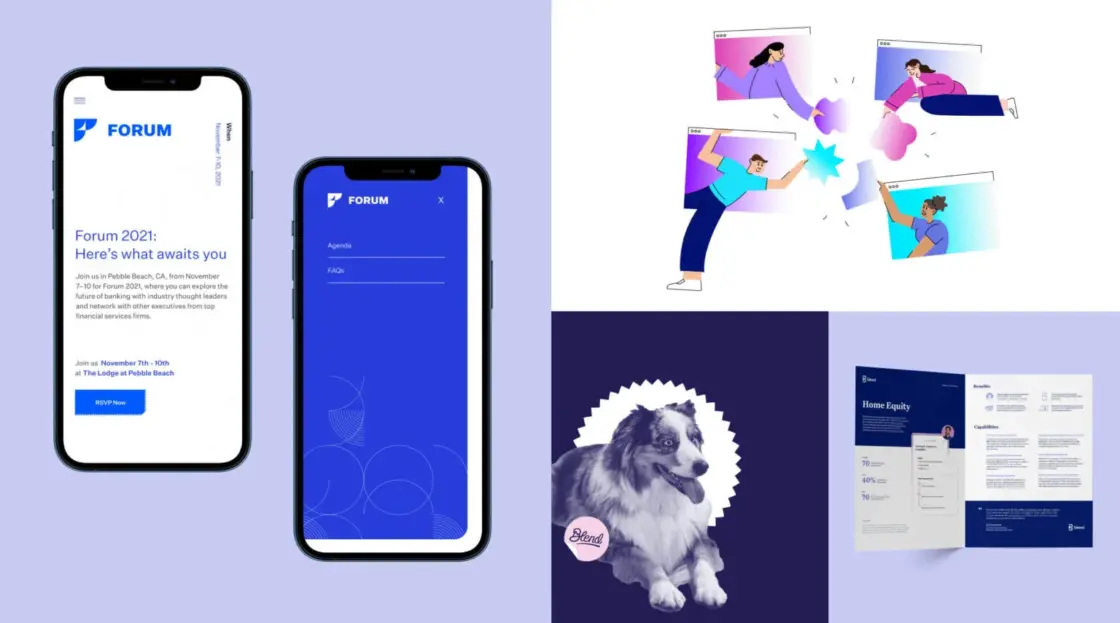
Riley
Riley Mehl is a visual communication design and honors student at the University of Washington. She is passionate about visual systems and crafting stories with empathy, boldness, and clarity.
Tell us about a moment when you learned something new.
Over the course of asking for feedback via Slack or Zoom calls many times, I have learned how to more effectively present my work to the team! I have been able to work on setting up the context of the project, explaining my design decisions, and asking for specific feedback in a concise manner. I developed this skill by not only doing it often, but also watching how others in the team present their own work.
What advice would you give a future Blendtern?
Meet everyone you can! Make connections with your mentor, manager, other interns, people on your team — and even people that aren’t on your team. Be a sponge and learn about different roles, types of work, life stories, etc. Everyone at Blend is incredibly intelligent, and I’ve learned so much from every conversation I have had. Additionally, advocate for yourself. You will be put on awesome projects, but if you see something else that you would love to contribute to, ask. Get the most out of the summer.
What about the experience has changed the way you think about design?
In college I tend to work solely with other designers — so what has been really awesome about my experience at Blend is the ability to work closely with cross-functional teams. I’ve been able to work with a developer to ship the Forum website and also with marketing to create social media work and learn about data and the numbers beyond design. This has pushed my understanding of what creative collaboration looks like, and it has allowed me to look at the design process from multiple angles.
Explore Riley Mehl’s portfolio here
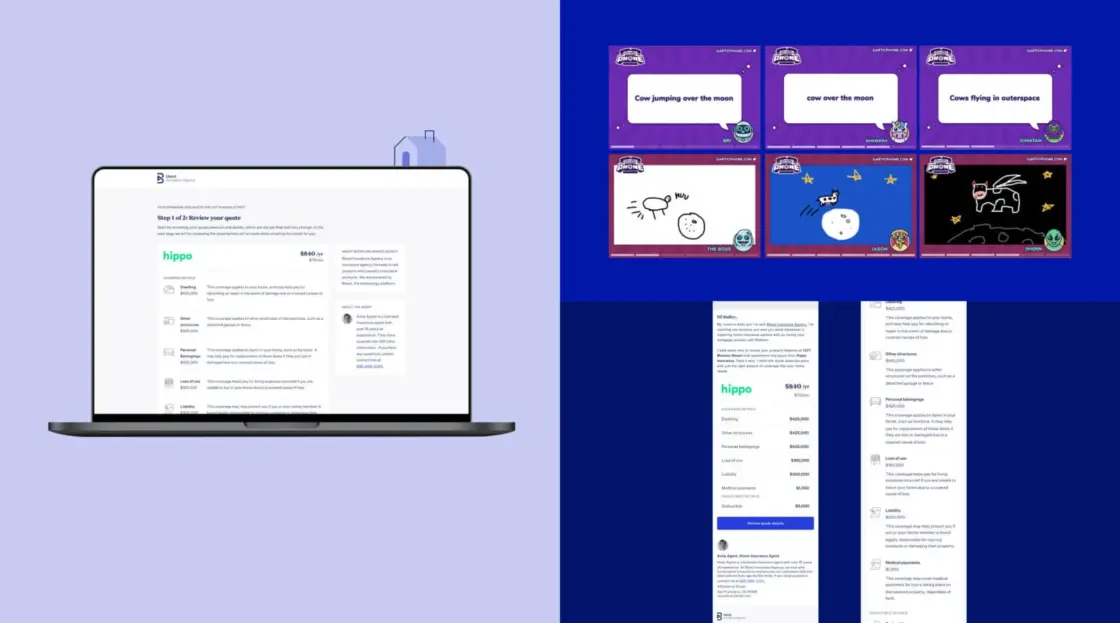
Breanne
Braeanne Oribello is an incoming senior at UC San Diego who is studying cognitive science with a focus on design and interaction. She is interested in design education and discovering what it means to design equitable technology.
Which projects were the most fun, which were the most challenging, and why?
My main project this summer has been driving the designs for an MVP in the Home Insurance product. I would say that it has been both fun and challenging since I’ve been able to learn how to develop my technical and soft skills as a designer. I’ve had the chance to get feedback from multiple stakeholders, and although it can be challenging, it’s given me the opportunity to learn how to design within certain constraints — especially in an industry that is heavily regulated.
What has been your favorite moment at Blend?
During our daily stand-ups, which are meetings when the engineering, product, and design members of the Home Insurance team meet to give updates, a member of the team has to come up with a fun question like, “How do you like to eat your potatoes?” Although it’s something small, it’s given me the chance to get to know my team since you can see people’s personalities through what may seem like a trivial question. Small conversations get lost in the remote world, so baking in ways to get to know each other makes a big difference!
What about the experience has changed the way you think about design?
The design process is a lot less structured compared to school, but learning how to utilize those methods and understanding when to apply them has played a big part in my growth during this internship. School teaches us the happy path of the design process, but I think designing in industry teaches us that the process is malleable and can be adjusted depending on what you need in order to design the best solution.
Explore Braeanne Ori’s portfolio here

Matthew
Matthew Lim is studying to receive his MS in human computer interaction at Georgia Tech. He is an aspiring product designer and currently conducts research on supporting democratic elections in the global south.
What advice would you give a future Blend intern?
Even as Blend has gone through its IPO, Blend still moves like a startup. Things go fast, clients ask for a lot, and a ton of different initiatives are kicking off at any given moment. The thing to remember is that you can do a lot in the problem space you’ve defined but also contribute a lot to other places where Blend needs it. Part of the internship is seeing where you can fit in and help out in the company. And due to the speed at which Blend moves, there are always places to contribute. It’s entirely possible to pick something you want to work on and provide value there. It might not lead to total success, but the likelihood is that Blend is better off for it.
What has surprised you about the internship program?
Being a product designer at Blend feels like being a product manager. Once you receive a project from the product team, it’s up to you to ask for clearer requirements and customer needs. From there, your role as a designer includes communicating with cross-functional partners to sync on which core functions need to be addressed, the best methods of designing to meet those needs, and what is even possible from an engineering perspective. Having never been in a product designer or a product manager role, I think jumping into this new environment gave me a bit of a jolt.
What about the experience has changed the way you think about design?
I think listening to the way senior designers critique designs in our collective studio sessions has made me reflect on what I critique in design. Senior designers aren’t attempting to be nit-picky about visual characteristics, although they can be. More often, they’re asking larger questions and ensuring they frame them with the initial problem that is trying to be solved. Sometimes they’ll even ask if this solution can be generalized and inform others. Taking a step back and critiquing designs from their initial approaches rather than for their visual quirks is something I strive to do in the future, but by no means is it easy.
Explore Matthew Lim’s portfolio here

Want to design your future through internship and new grad opportunities?
Find out what we're up to!
Subscribe to get Blend news, customer stories, events, and industry insights.
